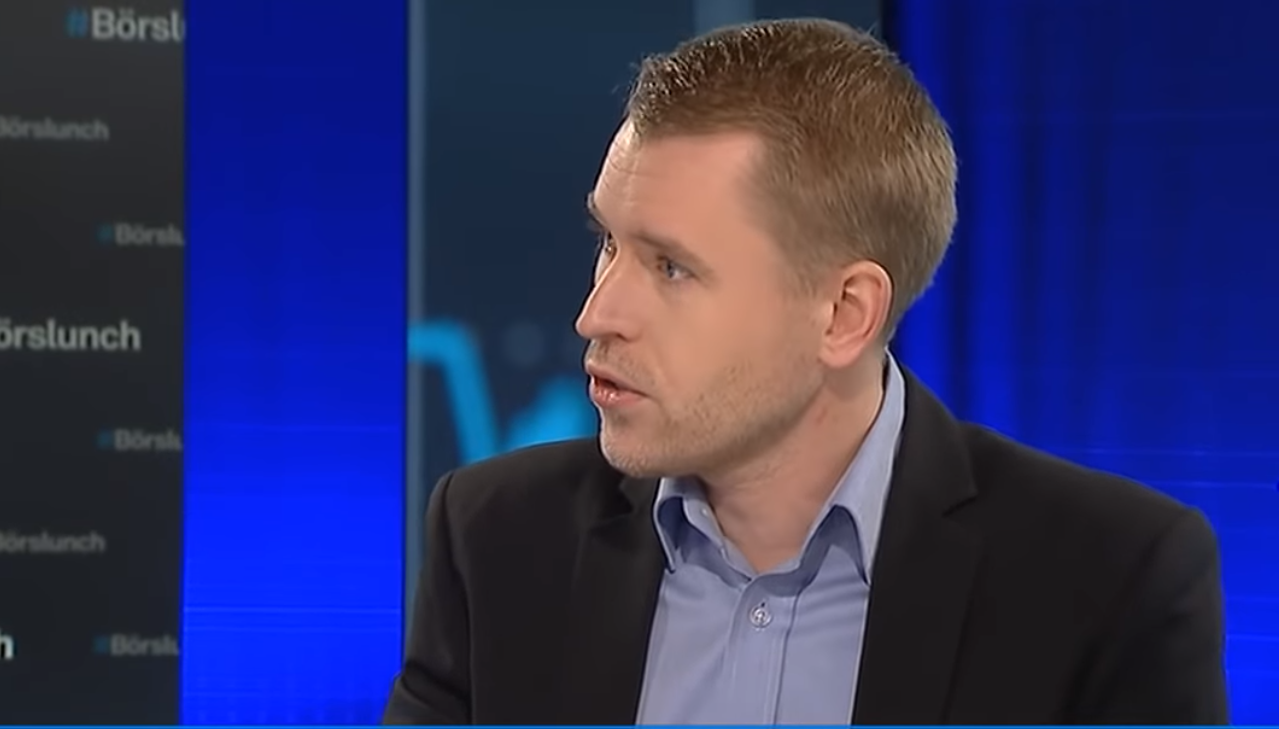Analys från DailyFX
GBP/USD in The Spotlight Ahead of UK’s June Inflation Figures
Talking Points:
– GBP/USD trading around the 1.32 handle in early London trading hours
– UK’s June CPI data in the spotlight for potential influence on the pair
The GBP/USD is trading around the 1.32 handle (at the time this report was written) as the market continues to adjust to the post-Brexit environment.
UK’s June CPI data is the main event risk on the docket, but questions remain on impact of data representing the “pre-Brexit” world.
Taking this into consideration, we look to find short term trading opportunities using the Grid Sight Index (GSI) indicator.

Click Here for the DailyFX Calendar
UK’s June Consumer Price Index (CPI) figures are in focus today. Expectations are for the year-on-year number to indicate an annual rise of 0.4%, above the prior 0.3% print. Core CPI is expected to print the first uptick since March at 1.3%, from the prior 1.2% figure.
Questions remain however, whether the figures will generate a significant market moving impact, since the numbers represent mostly data from the “pre-Brexit” era and a world with an exchange rate higher by about 10%. The BoE seem to expect that the sharp decline in the Sterling will push inflation higher, which might imply that the market will look past the figures until the August report.
With that said, in the last couple of days we have seen mixed comments by BoE members regarding the bank’s expected easing policy. Martin Weale said that in order to loosen policy, he will need to see a weaker growth outlook large enough so that it will justify actions on the back of an overshoot to the bank’s 2% inflation target.
Gertjan Vlieghe on the other hand, who voted for a cut in the last BoE rate decision, said inflation expectations beyond the next few years have fallen since the referendum from “already low levels”, and that he was considering easing even before the vote.
In turn, this could suggest that when it comes to inflation, the “pre-Brexit” numbers might have some influence on the bank’s decision makers.
We will be covering the event LIVE 08:15 GMT in the Trade Room here.
GBP/USD 5-Min GSI Chart: July 19, 2016

The GBP/USD is trading near possible support at the 1.32 (see chart below). The GSI indicator is implying that 55% similar past momentum events have seen downside movements. The indicator calculates the distribution of past event outcomes given certain momentum patterns, and can give you a look at the market in a way that’s never been possible before, analyzing millions of historical prices in real time. By matching events in the past, GSI describes how often the price moved in a certain direction.
You can learn more about the GSI here.
GBP/USD Technical Levels:

Click here for the DailyFX Support Resistance tool
We use volatility measures as a way to better fit our strategy to market conditions. GBP/USD implied volatility levels have been reduced lately, but remain elevated as “Brexit” related news still seem to have sharp reaction in the pair. Taking this into consideration might indicate breakout and trend oriented plays might be appropriate.
GBP/USD 30-Min Chart: July 19, 2016
The GBP/USD is trading around possible support at the 1.32 handle. Further levels of support on a move lower might be an area of confluence around 1.3150 and a potential zone of about 20 pips above the 1.31 handle, followed by the round 00s and 50s.
Levels of potential resistance on a move higher might be the 1.3250 figure and the 1.33 handle, followed by a zone below the 1.3350 level, 1.34 and what seems to be a key resistance area above 1.3465.
When price reaches those levels, short term traders might use the GSI to view how prices reacted in the past given a certain momentum pattern, and see the distribution of historical outcomes in which the price reversed or continued in the same direction. We generally want to see GSI with the historical patterns significantly shifted in one direction, which could potentially be used with a pre-determined bias as well.
A common way to use GSI is to help you fade tops and bottoms, and trade breakouts. That’s why traders may want to use the GSI indicator when price reaches those specific pre-determined levels, and fit a strategy that can offer a proper way to define risk. We studied over 43 million real trades and found that traders who do that were three times more likely to turn a profit. Read more on the “Traits of Successful Traders” research.
Meanwhile, the DailyFX Speculative Sentiment Index (SSI) is showing that about 56.7% of FXCM’s traders are long the GBP/USD at the time of writing. The SSI is mainly used as a contrarian indicator, implying possible further weakness ahead.
You can find more info about the DailyFX SSI indicator here
— Written by Oded Shimoni, Junior Currency Analyst for DailyFX.com
To contact Oded Shimoni, e-mail oshimoni@dailyfx.com
Analys från DailyFX
EURUSD Weekly Technical Analysis: New Month, More Weakness
What’s inside:
- EURUSD broke the ‘neckline’ of a bearish ‘head-and-shoulders’ pattern, April trend-line
- Resistance in vicinity of 11825/80 likely to keep a lid on further strength
- Targeting the low to mid-11600s with more selling
Confidence is essential to successful trading, see this new guide – ’Building Confidence in Trading’.
Coming into last week we pointed out the likelihood of finally seeing a resolution of the range EURUSD had been stuck in for the past few weeks, and one of the outcomes we made note of as a possibility was for the triggering of a ’head-and-shoulders’ pattern. Indeed, we saw a break of the ’neckline’ along with a drop below the April trend-line. This led to decent selling before a minor bounce took shape during the latter part of last week.
Looking ahead to next week the euro is set up for further losses as the path of least resistance has turned lower. Looking to a capper on any further strength there is resistance in the 11825-11880 area (old support becomes new resistance). As long as the euro stays below this area a downward bias will remain firmly intact.
Looking lower towards support eyes will be on the August low at 11662 and the 2016 high of 11616, of which the latter just happens to align almost precisely with the measured move target of the ‘head-and-shoulders’ pattern (determined by subtracting the height of the pattern from the neckline).
Bottom line: Shorts look set to have the upperhand as a fresh month gets underway as long as the euro remains capped by resistance. On weakness, we’ll be watching how the euro responds to a drop into support levels.
For a longer-term outlook on EURUSD, check out the just released Q4 Forecast.
EURUSD: Daily
—Written by Paul Robinson, Market Analyst
You can receive Paul’s analysis directly via email bysigning up here.
You can follow Paul on Twitter at@PaulRobinonFX.
Analys från DailyFX
Euro Bias Mixed Heading into October, Q4’17

Why and how do we use IG Client Sentiment in trading? See our guide and real-time data.
EURUSD: Retail trader data shows 37.3% of traders are net-long with the ratio of traders short to long at 1.68 to 1. In fact, traders have remained net-short since Apr 18 when EURUSD traded near 1.07831; price has moved 9.6% higher since then. The number of traders net-long is 15.4% lower than yesterday and 16.4% higher from last week, while the number of traders net-short is 0.4% higher than yesterday and 10.5% lower from last week.
We typically take a contrarian view to crowd sentiment, and the fact traders are net-short suggests EURUSD prices may continue to rise. Positioning is more net-short than yesterday but less net-short from last week. The combination of current sentiment and recent changes gives us a further mixed EURUSD trading bias.
— Written by Christopher Vecchio, CFA, Senior Currency Strategist
To contact Christopher Vecchio, e-mail cvecchio@dailyfx.com
Follow him on Twitter at @CVecchioFX
To be added to Christopher’s e-mail distribution list, please fill out this form
Analys från DailyFX
British Pound Reversal Potential Persists Heading into New Quarter

Why and how do we use IG Client Sentiment in trading? See our guide and real-time data.
GBPUSD: Retail trader data shows 38.2% of traders are net-long with the ratio of traders short to long at 1.62 to 1. In fact, traders have remained net-short since Sep 05 when GBPUSD traded near 1.29615; price has moved 3.4% higher since then. The number of traders net-long is 0.1% higher than yesterday and 13.4% higher from last week, while the number of traders net-short is 10.6% lower than yesterday and 18.3% lower from last week.
We typically take a contrarian view to crowd sentiment, and the fact traders are net-short suggests GBPUSD prices may continue to rise. Yet traders are less net-short than yesterday and compared with last week. Recent changes in sentiment warn that the current GBPUSD price trend may soon reverse lower despite the fact traders remain net-short.
— Written by Christopher Vecchio, CFA, Senior Currency Strategist
To contact Christopher Vecchio, e-mail cvecchio@dailyfx.com
Follow him on Twitter at @CVecchioFX
To be added to Christopher’s e-mail distribution list, please fill out this form
-
Analys från DailyFX10 år ago
EUR/USD Flirts with Monthly Close Under 30 Year Trendline
-

 Marknadsnyheter2 år ago
Marknadsnyheter2 år agoUpptäck de bästa verktygen för att analysera Bitcoin!
-
Marknadsnyheter5 år ago
BrainCool AB (publ): erhåller bidrag (grant) om 0,9 MSEK från Vinnova för bolagets projekt inom behandling av covid-19 patienter med hög feber
-
Analys från DailyFX12 år ago
Japanese Yen Breakout or Fakeout? ZAR/JPY May Provide the Answer
-

 Marknadsnyheter2 år ago
Marknadsnyheter2 år agoDärför föredrar svenska spelare att spela via mobiltelefonen
-
Analys från DailyFX12 år ago
Price & Time: Key Levels to Watch in the Aftermath of NFP
-
Analys från DailyFX8 år ago
Gold Prices Falter at Resistance: Is the Bullish Run Finished?
-

 Nyheter7 år ago
Nyheter7 år agoTeknisk analys med Martin Hallström och Nils Brobacke











